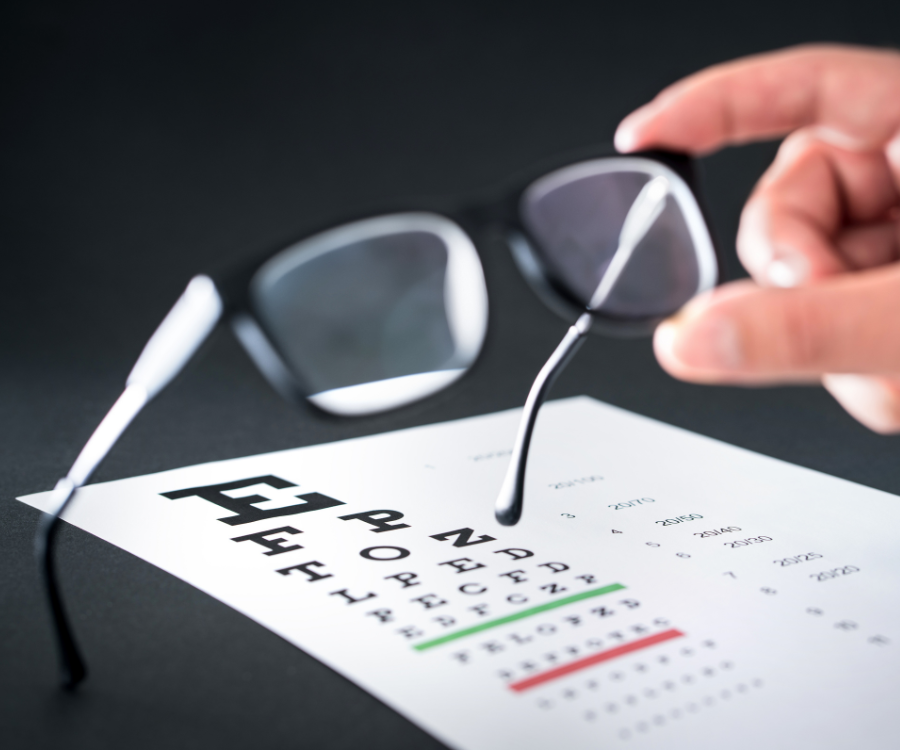Seeing Near and Far with Ease: A Guide to Bifocal Lens Eyeglasses
Ever struggle to switch between reading glasses and your regular specs? Do you find yourself constantly taking them on and off throughout the day? If you’re over 40 and experiencing difficulties focusing on both near and far objects, bifocal lens eyeglasses might be the solution you’ve been looking for.
What are Bifocal Lenses?
Bifocal lenses are a type of corrective eyewear that combines two powers in one lens. The upper portion is designed for distance vision, helping you see objects far away, while the lower portion is customized for near vision, perfect for reading or working on close tasks. They come in various styles, with the visible dividing line ranging from a distinct “line bifocal” to a barely noticeable “no-line bifocal.”
Who Needs Bifocal Glasses?
Presbyopia is a natural age-related condition where the eye’s lens loses its flexibility, making it harder to focus on near objects. This typically starts around age 40 and affects everyone eventually. If you find yourself squinting at menus, holding your phone at arm’s length, or experiencing headaches from eye strain, bifocal lenses might be worth considering.
Benefits of Bifocal Glasses:
- Convenience: Eliminate the need to carry and switch between multiple pairs of glasses.
- Improved vision: Enjoy clear vision at both near and far distances without blurry transitions.
- Reduced eye strain: Say goodbye to headaches and fatigue caused by focusing difficulties.
- Variety of styles: Choose from classic line bifocals to modern no-line options to suit your taste and needs.
Alternatives to Bifocal Lenses:
While bifocal lenses are a popular choice, other options are available:
- Progressive lenses: Offer a smooth transition of power throughout the lens, eliminating the visible line and providing a wider range of vision zones.
- Reading glasses: A simple and affordable option for occasional near-vision tasks.
- Multifocal lenses: Similar to progressive lenses but offer more distinct zones for specific vision needs.
Choosing the Right Bifocal Lenses:
Consulting your eye doctor is crucial for determining the best solution for your vision needs. They will assess your individual requirements, recommend the appropriate lens type and power, and guide you through the various options available.
Remember:
- Regular eye exams are essential, especially after 40, to monitor your vision and detect any potential issues early on.
- Bifocal lenses can significantly improve your daily life by providing clear vision at all distances.
- Consult your eye doctor to discuss the best option for your specific needs and preferences.
With bifocal lenses, you can enjoy the ease of seeing both near and far without compromising style or comfort. So, don’t hesitate to explore this option and rediscover the joy of clear vision at every distance!

